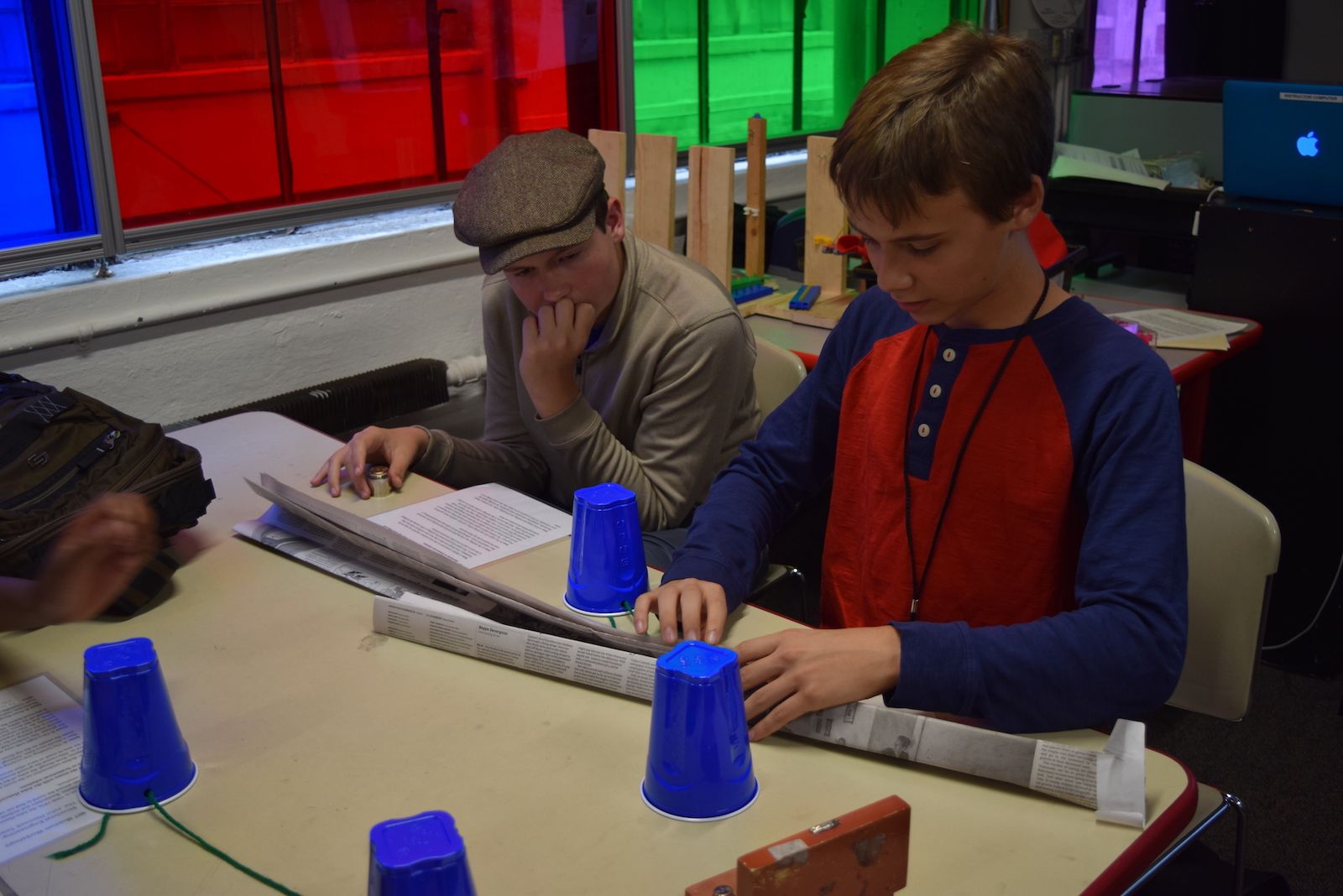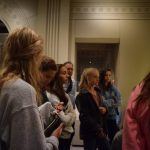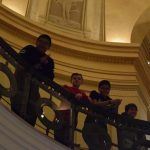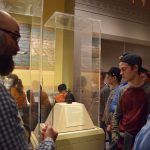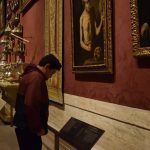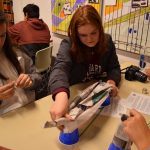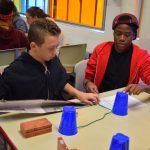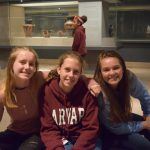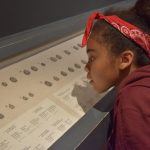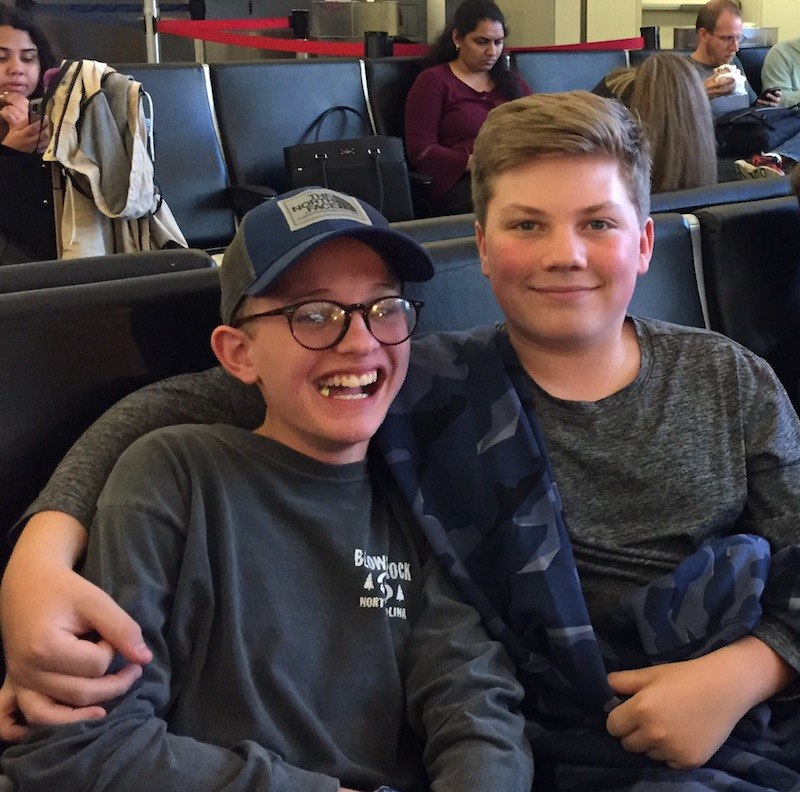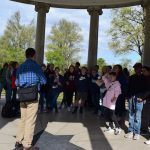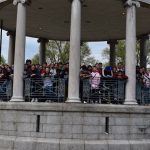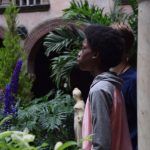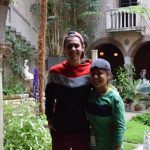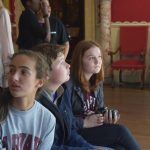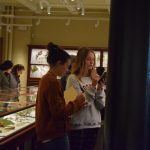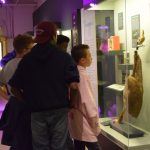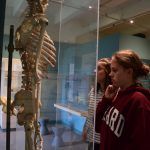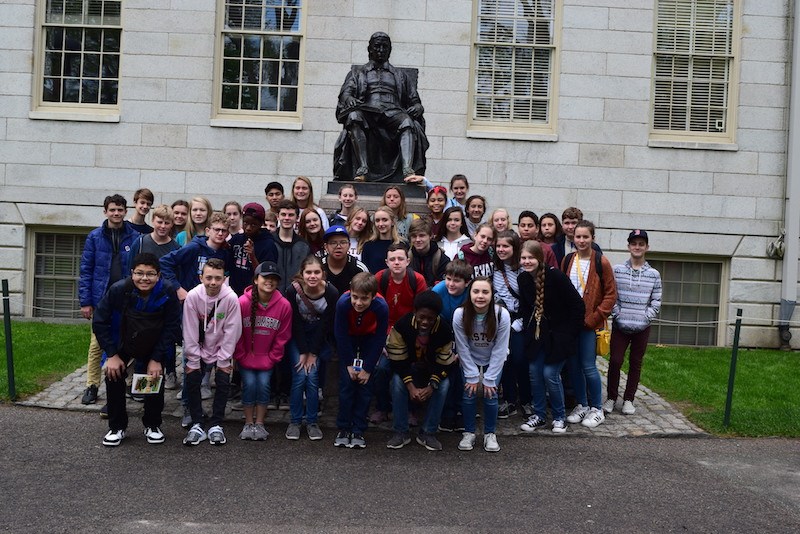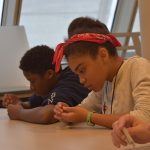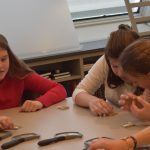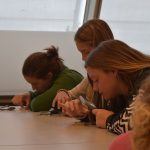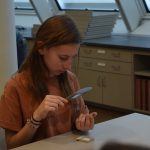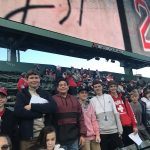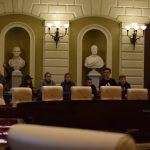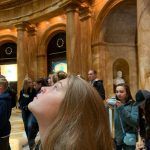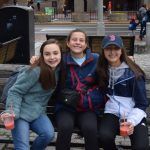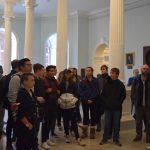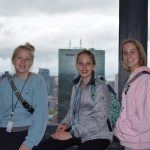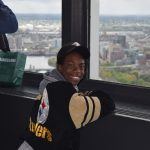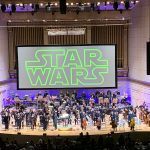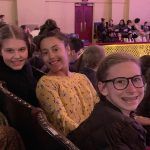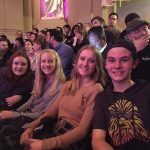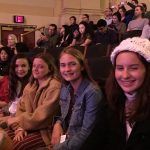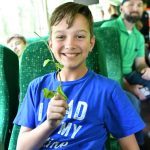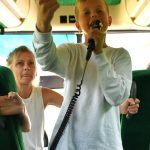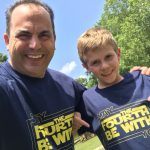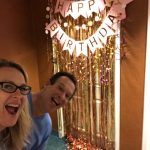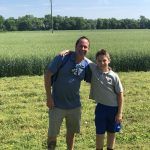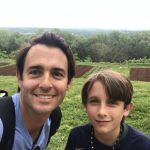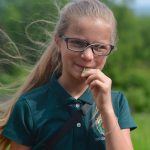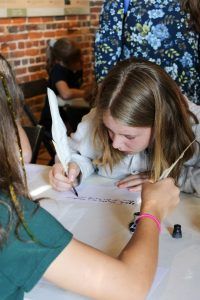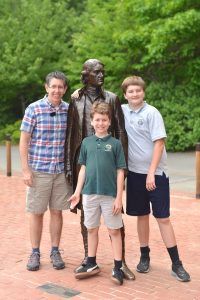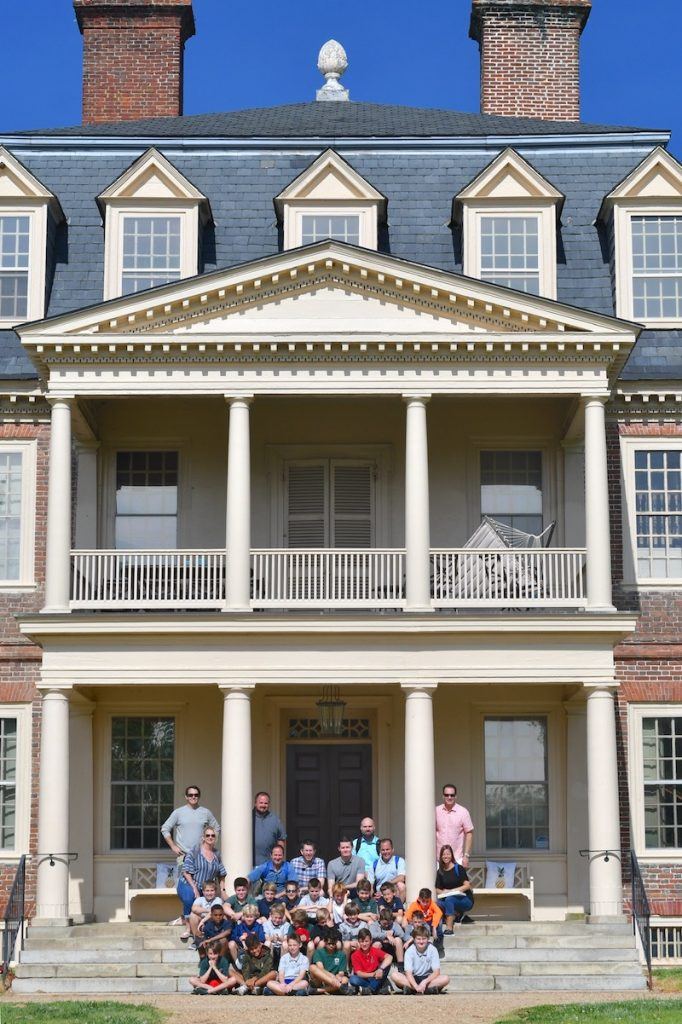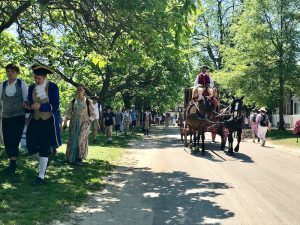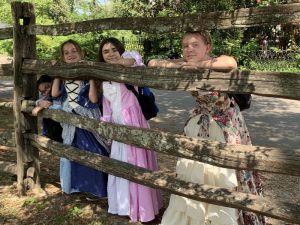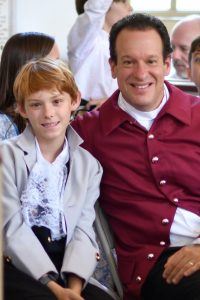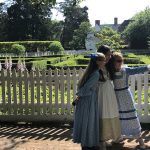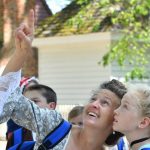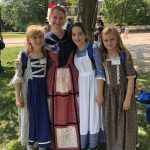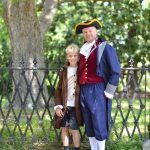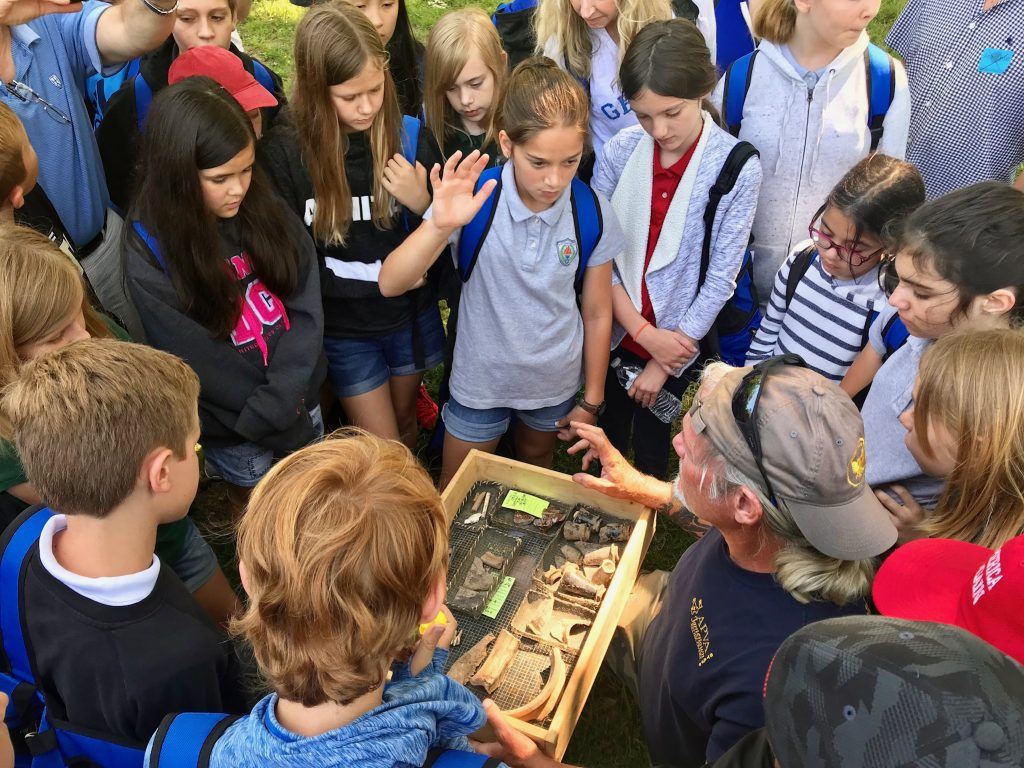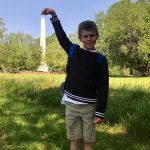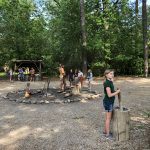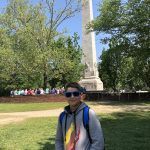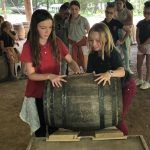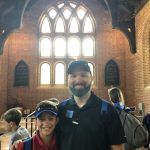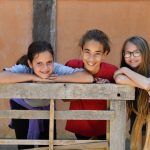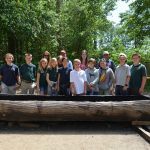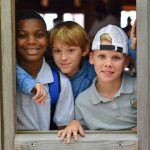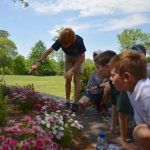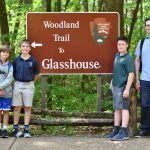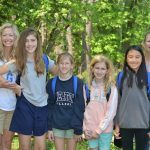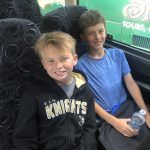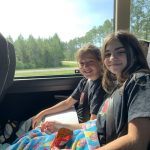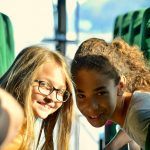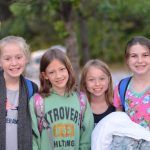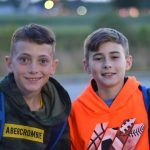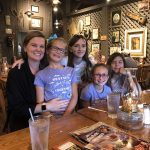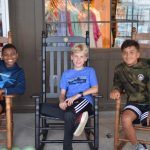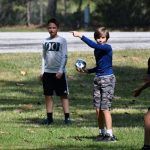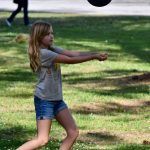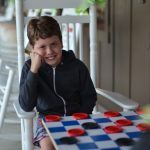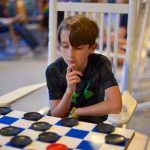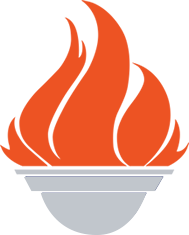May 3, 2019
But by the all-powerful dispensations of Providence, I have been protected beyond all human probability or expectation; for I had four bullets through my coat, and two horses shot under me, yet escaped unhurt, although death was leveling my companions on every side of me. – George Washington
Washington was never born to be killed by a bullet! I had seventeen fair fires at him with my rifle and after all could not bring him to the ground – A Native American fighting Washington in the French and Indian War

Our last day in Williamsburg started off a bit slower and (sigh) baconless. I guess the hotel learned their lesson. We bussed over to Yorktown where we learned the French really can fight! They still had a sour taste in their mouths after losing most of their New World claims in the French and Indian War, so they supported the cause of American independence and, in so doing, insured that they would not be speaking German in the 21st century. The French may have waited until momentum was on the side of the colonialists to commit soldiers, but for most of the war they supplied the Continental Army with everything from munitions to uniforms.
Yorktown was the battle that truly secured our freedom and put an end to the war, so we were thrilled to be able to tour this site with the insight of a Park Ranger who held every student’s attention. She told us how Washington made the British think he was going to attack New York and then, in the heat of summer, marched his men 450 miles south in less than six weeks to surprise General Cornwallis who was now blocked by Washington on land and the French navy by sea. It was clear to the students that to lead an army, you not only have to be brave, wise and hardworking, but excel in math, science and history as well.
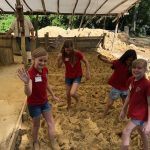
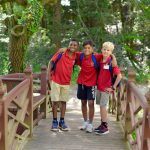
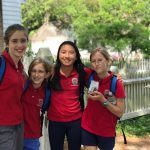
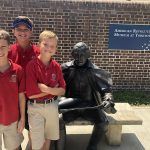
After touring the battle site, we went to the Yorktown Victory Center to see what life on and off the battle field would have looked like. Life as a family in the colonies will shame the hardest working among us. Only the coldest parts of the year, when everyone is snowed into a one or two room house for weeks on end, would there be any rest. We watched as historians dressing the parts walked us through planting farms, making dinner, patching clothes and more. Some of our boys took a special interest in hauling water to do laundry so don’t be afraid to show them the washing machine when they come home.
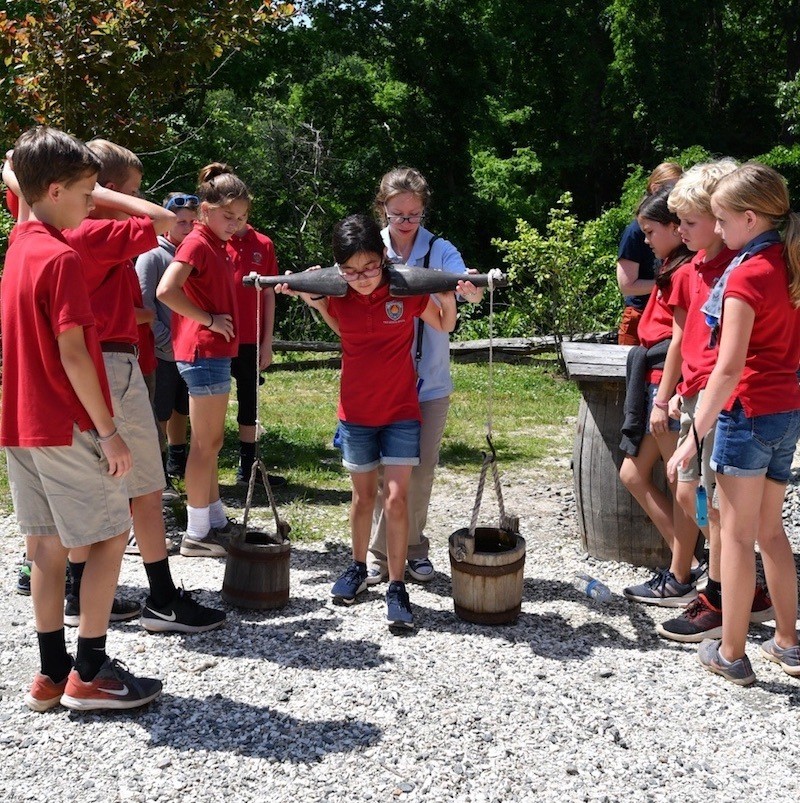
When war broke out, though, families had some hard decisions to make. Does the husband go fight? If so, for which side? Do the wife and children remain at home or join the husband at camp? Park historians showed us what the life of a soldier would have demanded. The camp was cramped and smelly, the food was meager and more soldiers died from disease than gunshots. The students were shown their tight quarters (6 to a small tent), where food was prepared, how the injured were tended to, how troop movements were organized and even how secret codes were sent between troops.
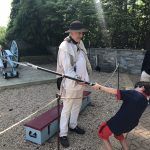
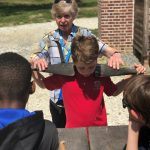

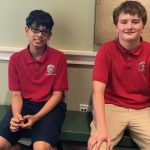
One soldier demonstrated how a real musket fires and the origin of the phrase ‘half-cocked.’ We learned that rifles had been in use for some time by the outbreak of the war, but muskets were chosen for our armies because, despite being much less accurate, they could reload in a fraction of the time and send out three times as much lead. The kids had fun trying to shoulder this musket, but proved the British would have been in no danger:)
We talked about how hard it is to imagine a war in our own backyard raging twice as long as American involvement in WWII, the cost paid on all sides of the Atlantic or Americans, French, Native Americans and Africans all storming Yorktown armed side by side. But even more astounding are all the very little things God alone can control that came together to insure an American victory. The storm that protected Washington in Boston. The fog that protected Washington’s retreat in Long Island. The storm that prevented General Cornwallis from retreating at Yorktown. The bullets that simply could not hit Washington. As you retrace the steps of the American Revolution, you can’t kick the feeling that God wanted this country to form.
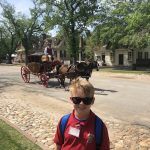
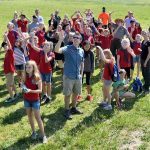
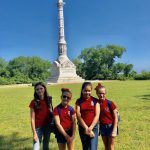
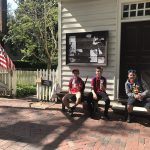
The kids spent the end of the day back in Colonial Williamsburg seeing some more of the old town, getting muddy in the brick making building and spending whatever money they had left on trinkets they won’t care anything about in a week. But, we did create great memories!
by Jim Davis, parent blogger

